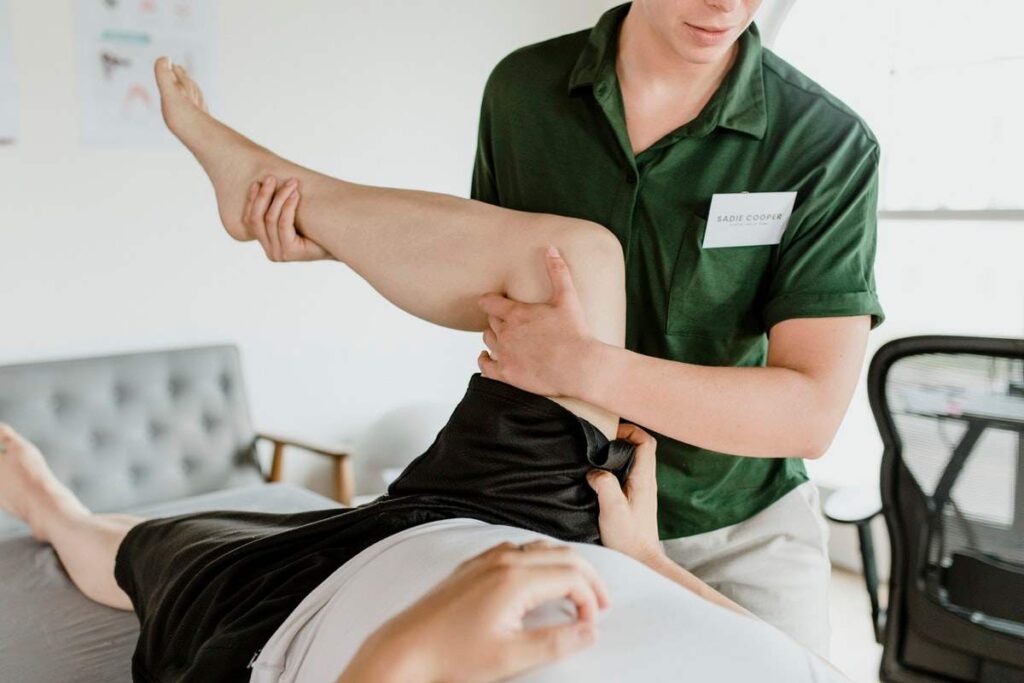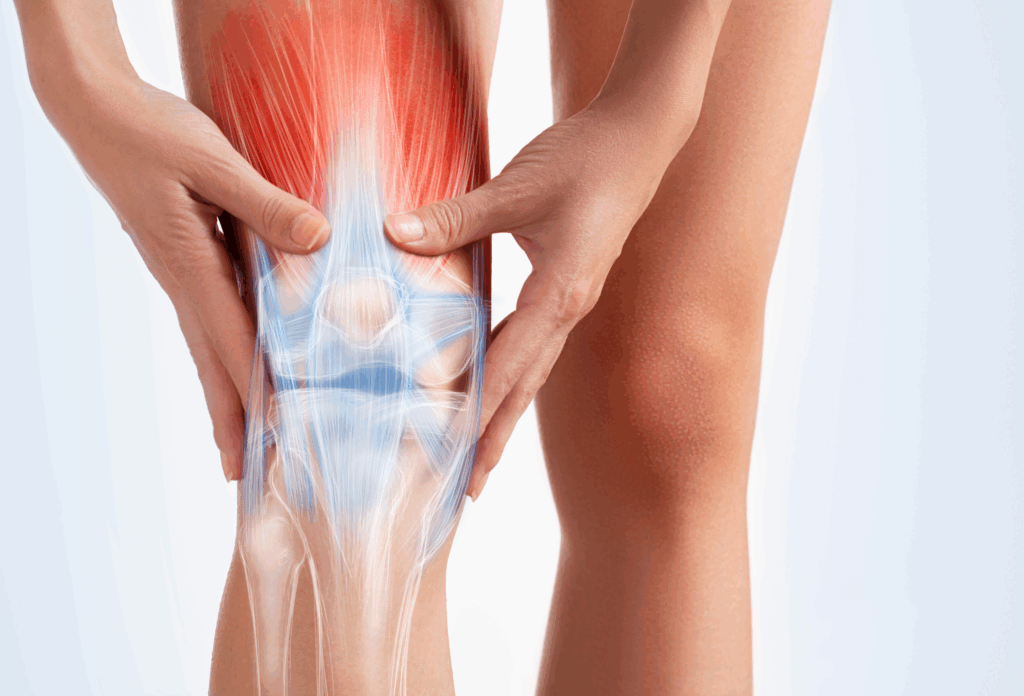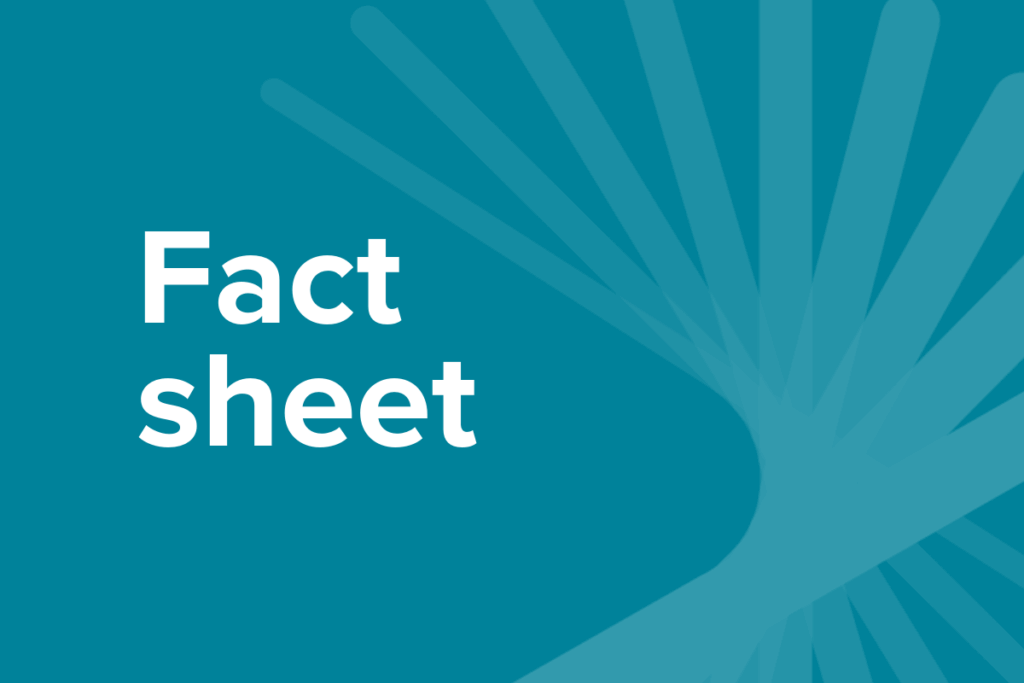Rheumatoid arthritis
Rheumatoid arthritis (RA) is an autoimmune disorder that can impact different body systems and structures including the skin, eyes, lungs, heart and blood vessels. Unlike, osteoarthritis RA is usually symmetrical in clinical presentation affecting joints on both sides of your body at the same time.
Home / Rheumatoid arthritis

Exercising with rheumatoid arthritis
Exercise is one of the most effective and potent treatments for those living with rheumatoid arthritis. Physical activity provides numerous benefits by improving your joint health, mobility, psychological well-being and fatigue through improvements in muscle strength and oxygen capacity leading, to reductions in inflammatory mediators.
The current Australian physical activity recommendations suggest that you should aim to complete 150 min/week of moderate intensity exercise or 75 min of vigorous exercise with 2 days of resistance-based activities per week.
What types of exercise are best for rheumatoid arthritis?
Resistance exercise
Resistance based exercise is a safe and effective way to improve your muscle strength and physical function. Resistance training has been shown to reduce disability, inflammation and cardiovascular risk factors. Exercises should target large muscle groups to improve overall body function and can be undertaken using bands, body weight or weights/machines. Starting at a light intensity is important for the body to become accustomed to exercise and will assist in technique proficiency.
Aerobic exercise
Aerobic exercise when undertaken at a sufficient dosage to achieve health-enhancing effects may elicit beneficial adaptations to your cardiovascular and metabolic systems. Aerobic exercise may also offer protection against common comorbidities such as hypertension and obesity. Aerobic exercise in the forms of cycling, walking, cross-trainer, and rowing are excellent ways to reduce cardiovascular risk factors. Aerobic exercise is safe and can improve measures of disability when undertaken on a frequent and consistent basis, e.g. 30 minutes on most days of the week.
Hydrotherapy
Hydrotherapy when undertaken as adjunctive therapy to medication, has been shown to reduce inflammatory markers compared to medication alone. Hydrotherapy at a moderate intensity can provide cardiovascular improvements with the weightlessness minimising load on the joints. Hydrotherapy should be undertaken in conjunction with a resistance training program to improve muscle and bone health.
Tai Chi
Tai Chi is commonly discussed within the arthritis community for balance, strength, and relaxation benefits. For RA there is very low-quality evidence that can neither exclude or confirm positive changes in clinical outcomes, pain or disability.

What if I have a flare-up?
During a flare-up it is typically recommended to rest or alter/modify physical activity in the affected area(s). During the period of a ‘flare-up’ take things a little easier and be mindful of activities that may aggravate the affected area(s). For example, if you find your wrist or fingers affected then it may be recommended to either rest completely or alter your exercise program, e.g., reduced intensity, weight or changing from dumbbells to bands. In this example, if your wrist or fingers are affected it does not mean you can’t exercise lower extremity joints by completing walking, cycling or lower limb weights.
An Accredited Exercise Physiologist will be able to guide you through a ‘flare-up’ to ensure you stay mobile and active.
Frequently asked questions
What is an Accredited Exercise Physiologist (AEP)?
An Accredited Exercise Physiologist (AEP) is an allied health professional that prescribes individualised exercise therapy to help people manage their chronic conditions, disabilities, long-term injuries and so much more. They are the most qualified professionals in Australia when it comes to the prescription safe and effective of exercise therapy.
Who should see an AEP?
Anyone who wants to move safely and improve their health can benefit. From chronic conditions to injury recovery, or simply wanting advice on how to exercise right, an exercise physiologist is the expert to see.
Is an AEP covered by Medicare or private health insurance?
Yes. As allied health professionals, exercise physiology services are recognised in government health funding including Medicare, National Disability Insurance Scheme (NDIS) and Department of Veteran’s Affairs (DVA), workers’ compensation and private health insurers. It’s important that you check with your provider as coverage can vary.
Where can I find an AEP?
Use recognised directories like Exercise & Sports Science Australia (ESSA), ask your GP or look for allied health clinics with AEP credentials.
You may also like

Using exercise to manage psoriatic arthritis
What is psoriatic arthritis? Psoriatic arthritis (PsA) is a chronic inflammatory type of arthritis that leads to pain, stiffness, and swelling. It’s characterised by morning stiffness in particular, and affects the skin as well and the joints, a key difference from rheumatoid arthritis. Being an autoimmune condition, managing PsA can be challenging, but incorporating exercise […]

